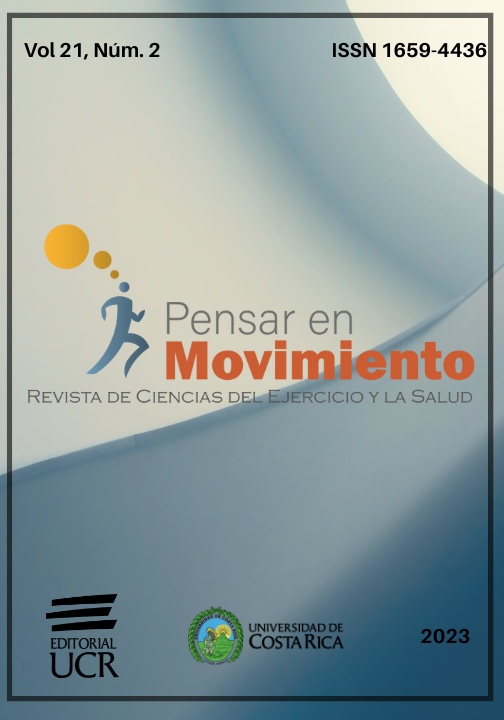Abstract
Jump height continues to be widely used to predict power in humans. Individual progress is often monitored on the basis of estimated power, but prediction equations are based on group data. The objective of the study was to show that vertical jump performance (VJP) and mechanical power are poorly associated, particularly within individuals. Two experiments are presented. First, 52 physically active male college students performed five maximal vertical jumps each. Second, three young male participants performed 50 maximal jumps each. Participants rested for 1 minute between jumps. VJP was calculated from kinematic data as peak body center of mass (BCOM) minus standing BCOM; peak power (PEAKPWR) was calculated from the vertical ground reaction force registered by a force plate, and average power (MEANPWR) during propulsion from the change in potential energy of BCOM. Regression analyses were performed using standardized VJP scores as the predictor variable and standardized power scores as the resulting variables, expecting an identity function of y = x (intercept = 0, slope = 1) and R2 = 1. In experiment 1, the model for zPEAKPWR R2 = 0.9707 (p < 0.0001) but slope (0.3452) ≠ 1 (p < 0.0001). The model for zMEANPWR R2 = 0.9239 (p < 0.0001); nevertheless, slope (0.4257) ≠ 1 (p < 0.0001). In experiment 2, all individual models for zPEAKPWR and zMEANPWR resulted in poor associations (R2 ≤ 0.21) and slopes ≠ 1 (p≤0.001). In conclusion, regression analysis for individuals, and even for groups, confirms that VJP is a poor predictor of mechanical power.
References
Aragón-Vargas, L.F., & González-Lutz. M.I. (2023). A novel validation approach shows new, solid reasons why vertical jump height should not be used to predict leg power. Pensar en Movimiento: Revista de Ciencias del Ejercicio y la Salud, 21(2), e53154. https://doi.org/10.15517/pensarmov.v21i2.53154
Comments

This work is licensed under a Creative Commons Attribution-NonCommercial-ShareAlike 4.0 International License.
Copyright (c) 2023 Luis Fernando Aragón-Vargas, María Isabel González-Lutz







